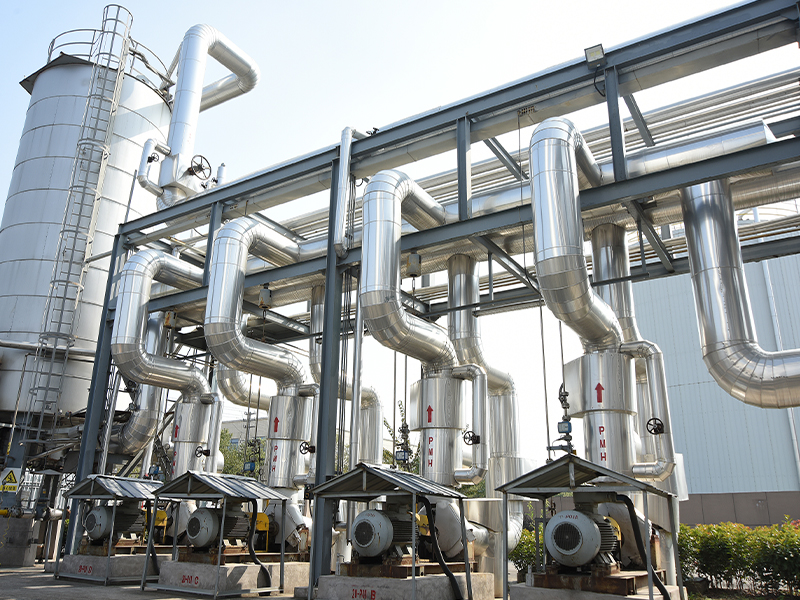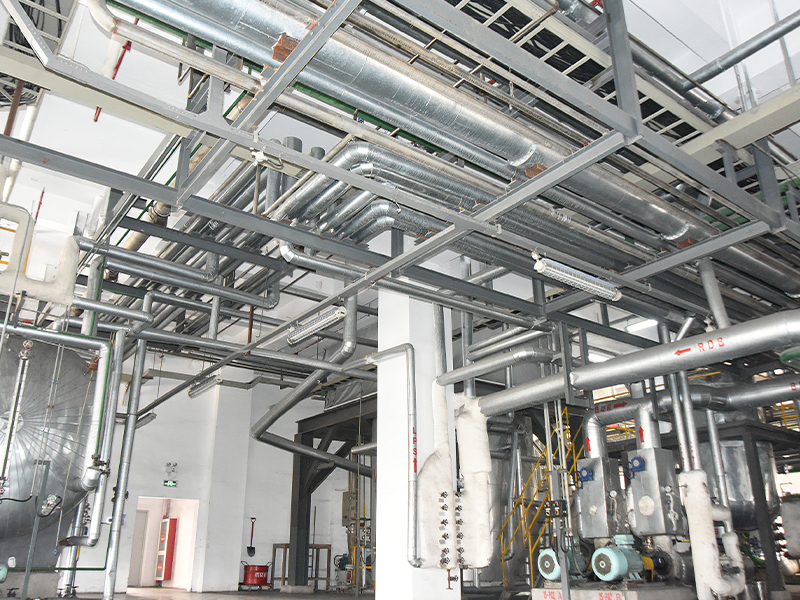Pass boxes are essential components in cleanroom environments, laboratories, and manufacturing facilities where contamination control is critical. These devices help transfer materials, equipment, or documents between different areas while minimizing the risk of contamination. By providing a barrier between different zones, pass boxes ensure that sterile conditions are maintained. There are several types of pass boxes, each designed to serve specific needs depending on the nature of the operation and the level of contamination control required.
In this article, we will explore the different types of pass boxes and their applications.
1. Manual Pass Boxes
Manual pass boxes are the simplest and most commonly used type. They consist of a small chamber with two doors, one on each side, allowing items to be transferred from one room to another. Both doors cannot be opened simultaneously, ensuring that the cleanroom or sterile area remains isolated from the outside environment.
Features:
Basic Design: Typically, manual pass boxes are equipped with a simple lock or latch mechanism for both doors.
Low Cost: Because of their simple operation and design, manual pass boxes are relatively inexpensive.
Use in Low-Risk Environments: Ideal for situations where contamination control is important but the environment does not require high-tech features.
Applications:
General Cleanrooms
Pharmaceutical and Food Manufacturing
Laboratories
2. Automatic Pass Boxes
Automatic pass boxes operate using an automated system that controls the opening and closing of the doors. These boxes often include sensors that detect when an item is placed inside, and they automatically lock the doors to prevent cross-contamination. Once the first door is closed, the second door can be opened.
Features:
Touchless Operation: Doors open and close automatically when triggered by sensors or buttons, providing a more streamlined, hands-free process.
Advanced Contamination Control: Automatic pass boxes often come with additional features such as air filtration and UV light for decontamination.
Higher Cost: The complexity and automation result in a higher price compared to manual pass boxes.
Applications:
High-Security Environments: Such as pharmaceutical manufacturing or research laboratories where strict contamination control is necessary.
Cleanrooms with High Hygiene Requirements
Hospitals and Medical Facilities

3. Air Shower Pass Boxes
Air shower pass boxes combine the functionality of a traditional pass box with an air shower, which uses high-pressure air jets to clean the items passing through. Before the doors are opened to transfer materials into or out of a cleanroom, the items are subjected to an air shower to remove dust, debris, or particles that could potentially contaminate the sterile environment.
Features:
Air Shower System: Powerful air jets direct high-velocity airflow at objects to remove contaminants before passing through the door.
Enhanced Contamination Control: These pass boxes are equipped with HEPA or ULPA filters that trap particles and pollutants.
Additional Filtration: Some models also include UV lights or electrostatic precipitators for enhanced decontamination.
Applications:
Pharmaceutical and Biotech Industries
Medical Device Manufacturing
Electronics and Semiconductor Manufacturing
4. Fluorescent Light Pass Boxes
Fluorescent light pass boxes are equipped with internal lighting to enhance visibility inside the box. This type of pass box is ideal for situations where visibility is crucial, such as when inspecting materials or performing delicate tasks that require careful handling.
Features:
Built-in Lighting: Fluorescent lighting inside the pass box illuminates the contents for better visibility and easier handling.
Basic Contamination Control: These pass boxes may not include advanced filtration systems but are still effective for environments with moderate contamination risks.
Applications:
Inspection Areas in Cleanrooms
General Lab Use
Non-critical Pharmaceutical Applications
5. Double-Gloved Pass Boxes
Double-gloved pass boxes are specialized versions of pass boxes designed for environments where items need to be handled in a sterile manner. These pass boxes feature a pair of gloves built into the walls of the pass box, allowing operators to manipulate items inside the box without directly touching them, thus preventing contamination.
Features:
- Dual Glove Ports: The operator wears gloves on both sides of the pass box to handle materials in a sterile environment.
- Sterile Handling: Ensures that the items inside the pass box remain uncontaminated during transfer.
- Use in Critical Applications: These are especially useful in high-risk environments, such as biological labs and pharmaceutical production areas.
Applications:
Biological Laboratories
Pharmaceutical Compounding
Cell Culture and Microbiology Labs
6. Slam-Style Pass Boxes
Slam-style pass boxes are similar to manual pass boxes, but with a more robust mechanism. These pass boxes often feature a spring-loaded door that automatically closes with force, ensuring that the doors seal tightly and prevent contamination.
Features:
Spring-Loaded Door: The door slams shut automatically after use, providing a quick and secure closure.
Low Maintenance: These pass boxes require minimal maintenance as they have fewer moving parts compared to automatic versions.
Basic Contamination Control: Ideal for less demanding environments where the priority is a quick, simple exchange of materials.
Applications:
General Use in Low to Medium-Risk Environments
Small Labs and Cleanrooms
Packaging and Shipping Areas
7. Custom Pass Boxes
Custom pass boxes are designed for specific, unique requirements that aren’t fully addressed by standard models. These pass boxes can be customized with additional features such as specialized air filtration systems, multiple compartments, or custom door sizes to meet the needs of particular industries.
Features:
Tailored to Specific Needs: Custom pass boxes can be designed to handle specific materials or equipment, such as large items or hazardous substances.
Additional Features: Can include custom filtration systems, locking mechanisms, or safety features depending on the requirements.
Higher Cost: Custom pass boxes are typically more expensive due to their bespoke nature.
Applications:
Specialized Manufacturing
Research and Development Laboratories
Custom Industrial Cleanrooms
8. Transfer Pass Boxes
Transfer pass boxes are used for transferring large items between two clean or controlled environments. These boxes are designed to accommodate bulkier materials, equipment, or documents. They often feature larger compartments and may be designed for specific items that require careful handling.
Features:
Larger Compartments: Designed to handle bulkier materials, transfer pass boxes can accommodate items like large equipment, packaging, or medical supplies.
Secure Compartments: Often equipped with a lock-and-key system to prevent unauthorized access or contamination.
Airflow System: May have basic air filtration systems to ensure minimal contamination during transfer.
Applications:
Medical Equipment Handling
Large Pharmaceutical and Biotech Materials
Industrial and Manufacturing Transfers
Conclusion
Pass boxes are crucial for maintaining cleanliness and preventing cross-contamination in various controlled environments. From simple manual models to advanced air shower pass boxes with integrated filtration systems, there are various types of pass boxes designed to suit different needs. Whether you’re in a cleanroom, laboratory, pharmaceutical manufacturing, or healthcare setting, selecting the right type of pass box will help maintain the required cleanliness and hygiene standards while ensuring smooth and efficient material transfers.

 English
English русский
русский Español
Español





